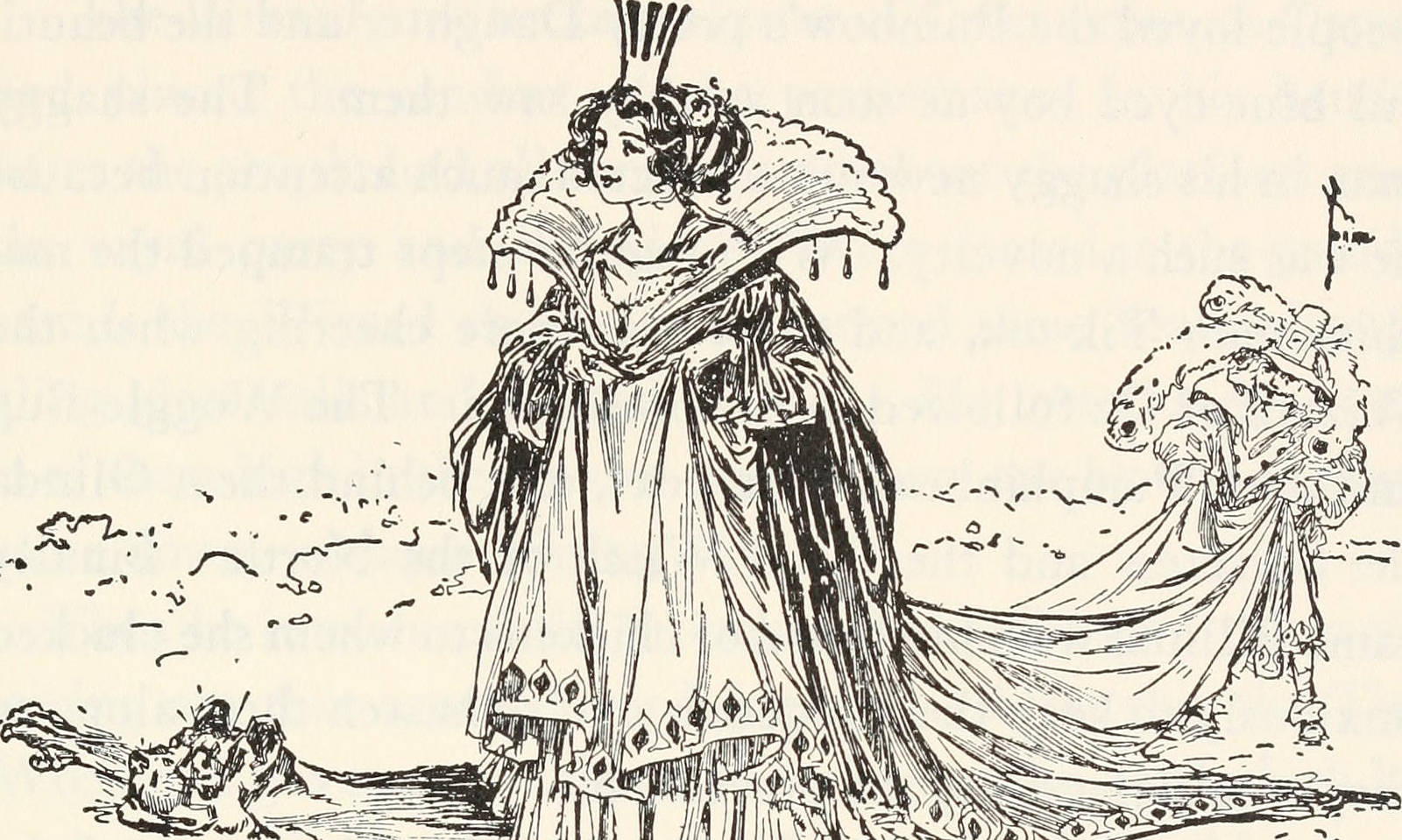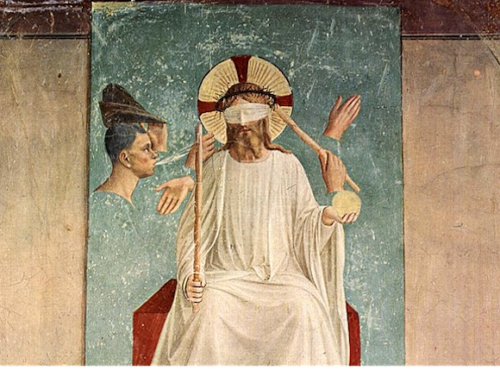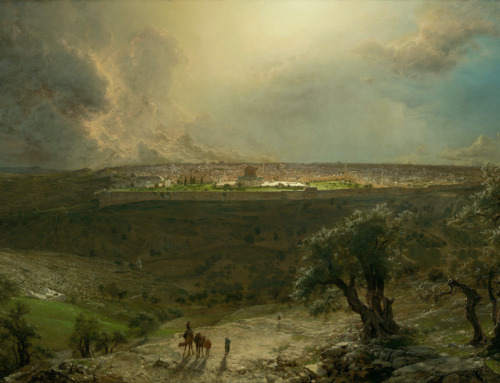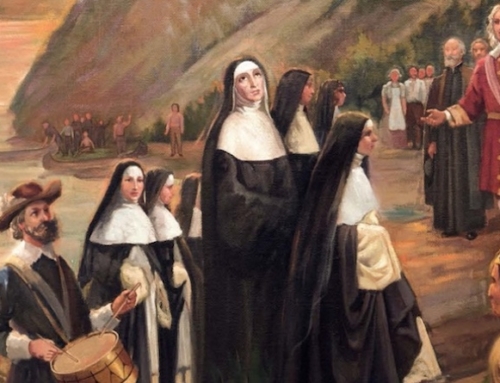The Little Flower is no Disney princess. Yet in the Catholic imagination, she sure comes close. Her biography almost lends itself to the stuff of fairy-tales:
A long, long time ago, in a land far, far away, there lived a beautiful maiden named Thérèse, the youngest of five daughters. Her mother died when she was yet a child, but her father loved her all the more. She was his ‘little Queen.’ One by one, she and her sisters entered the convent and lived happily ever after. The End.
Variations on this theme depict Thérèse as a goody two-shoes nun, a saccharine saint more off-putting than helpful. Perhaps they make a nice bedtime story for kids, but they’re difficult for adults to live by. Even more, they whitewash her colorful personality and life.
To better understand Thérèse, let’s contrast her with three Disney characters: Peter Pan, Cinderella, and Sleeping Beauty. Doing so can help us on our way to a true happily-ever-after.
Peter Pan & Thérèse: Forever Young
Peter Pan is no Disney princess either—disqualified for obvious reasons—but he does share something important with Thérèse. For both of them, remaining a child is a way of life. However, what this childhood looks like differs dramatically.
Peter flies from the world, taking refuge in Neverland. In this fantasy world, he need never grow up, never face his limitations (there’s pixie dust for that), and never get beyond himself (cue Pope Francis facepalm). Instead, Pan crows with cocksure conceit, a hero to the Lost Boys and the conqueror of Captain Hook.
For Thérèse, remaining a child is quite different. She doesn’t flee reality. She looks it squarely in the face and discovers an important truth. We may grow up and no longer depend on our parents, but before God, we are always like children. She told her sister:
…[spiritual childhood] is to recognize our nothingness, to expect everything from God as a little child expects everything from its father; it is to be disquieted about nothing… It is not to become discouraged over one’s faults, for children fall often, but they are too little to hurt themselves very much.
She trades the façade of autonomy for a daughter’s trust in her Father. She embraces her littleness and even celebrates her weakness. Peter Pan remains forever young, yet forever orphaned, in the whims of his fantasy. Thérèse remains a beloved child in the arms of her tender Father.
Cinderella & Thérèse: Pious Doormats?
Cinderella and Thérèse had their fair share of house chores and cantankerous sisters. Suffering rather passively, they both appear to be merely pious doormats. Cinderella even became the namesake of a related mental complex. And for her part, Thérèse coined the “little way” of serving her sisters, holding her tongue, and accepting whatever came her way. But Thérèse was no doormat.
What’s the difference between a doormat and the “little way”? Love. Supernatural love to be exact, the kind that comes from the Holy Spirit’s indwelling. Cinderella was nice, don’t get me wrong, but Disney never thought to give her a share in God’s life through supernatural love (sorry, Princess). Without such love, Cinderella remained a victim of circumstance, passively suffering the malice of her stepmother and stepsisters. But by supernatural love, Thérèse freely offered herself to God, choosing to take on Carmel’s austerities and choosing to serve her sisters.
Their conclusions manifest this difference. Cinderella marries the prince and never looks back. She’s liberated from her sisters—good riddance! Thérèse promises her sisters that death will not end her love for them. In fact, her tombstone reads: “I wish to spend my heaven doing good upon earth.” And history shows that she got her wish.
Thérèse and Aurora: Awaiting True Love
Both Princess Aurora (aka Sleeping Beauty, aka Briar Rose) and Thérèse share a penchant for the romantic. They eagerly await their future love—one a stately prince, the other the Divine Bridegroom. Aurora sings of her true love, whom she met “once upon a dream.” And Thérèse sings the Song of Songs, begging her Beloved: “draw me, we shall run.”
Where’s the difference? Again, let’s juxtapose the end of these love stories. Aurora blissfully sleeps in a castle’s tower. Thérèse lies in an infirmary bed, dying of tuberculosis. Aurora’s rouge and lipstick remain perfectly intact. Thérèse turns pale. Her limbs grow cold. There’s more blood in her cough than her complexion. Aurora slumbers serenely as others fight the battle. Thérèse herself is a warrior, fending off thoughts of suicide and suffering a darkened faith to gain her hard-fought victory.
More Sister than Princess
At the heart of it all, Thérèse is a daughter of God. But if God is ruler of the universe, then isn’t Thérèse still yet a princess? Perhaps, but remember her words about Mary: “the Blessed Virgin is Queen of heaven and earth, but she is more Mother than Queen.” We can also apply these words to Thérèse: she is more sister than princess. That is to say, her holiness—no matter how impressive—does not distance her from us; rather, she puts herself at our disposal, caring for us as our heavenly sister, drawing us to Jesus.
✠
Image: Internet Book Archive Images, The road to Oz







